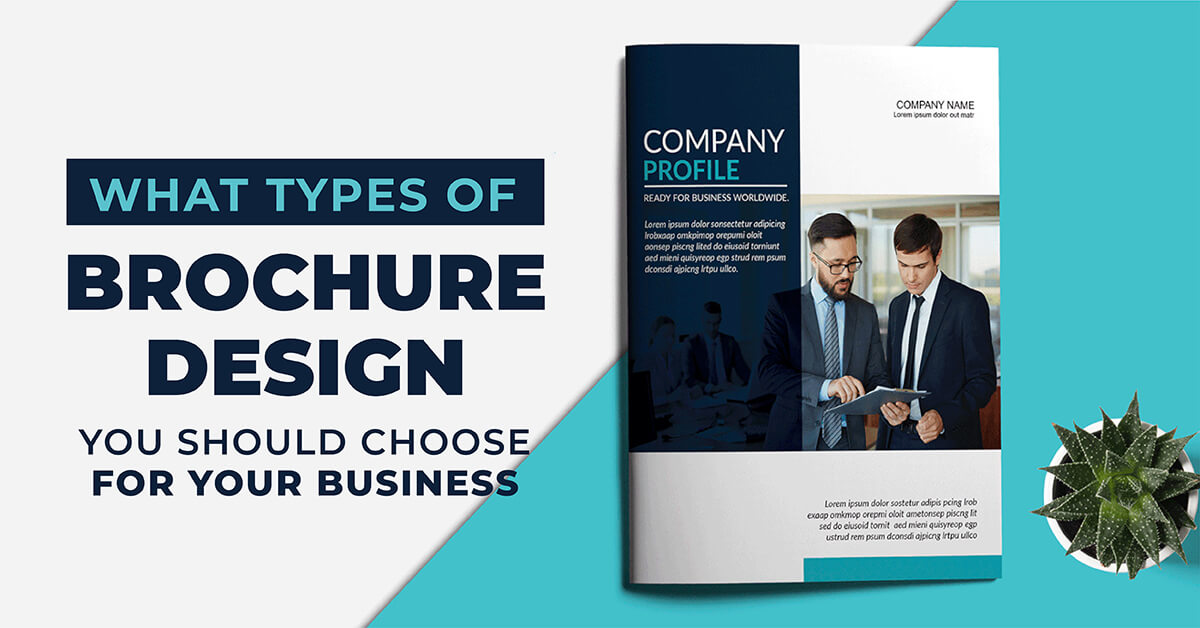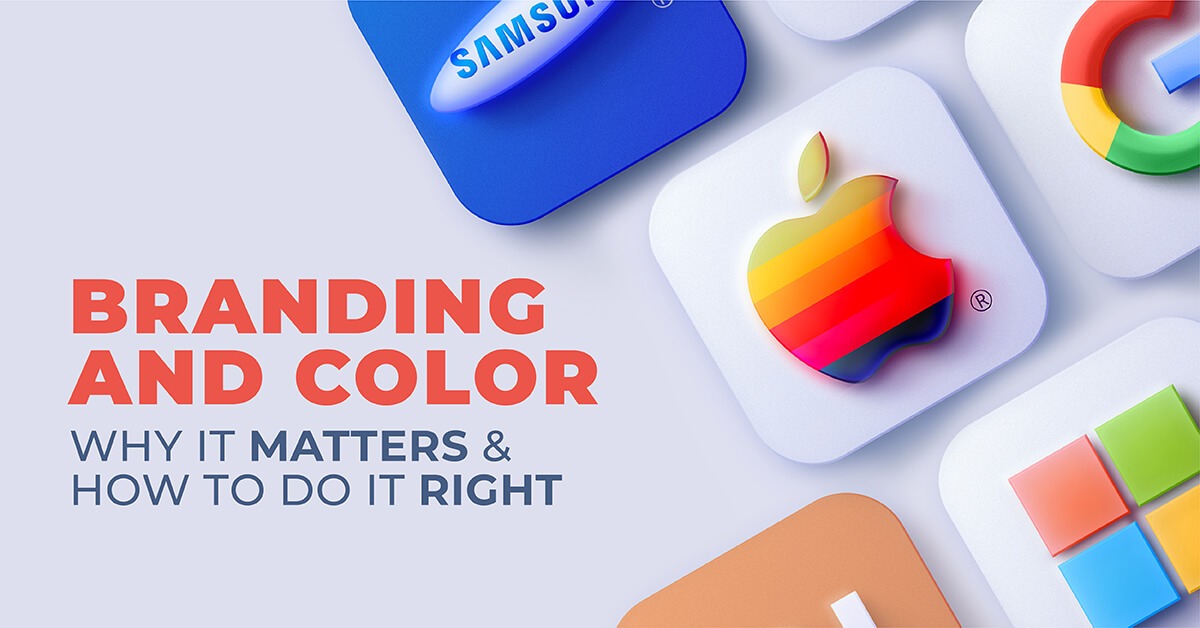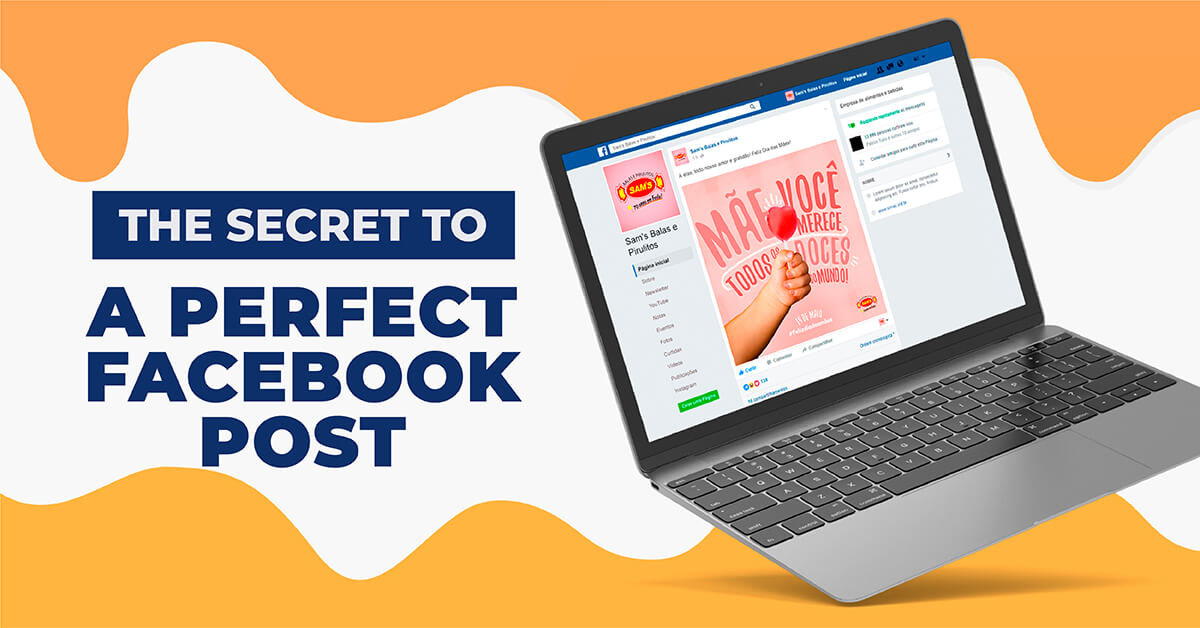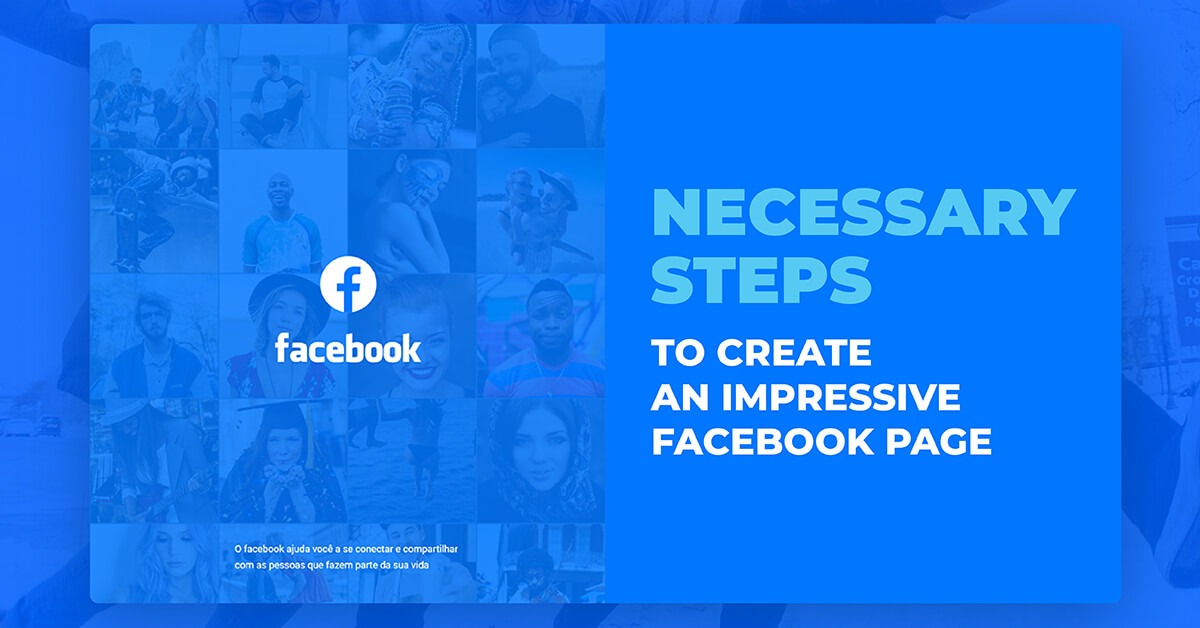What Types of Brochure Design You Should Choose for Your Business

Whenever your potential customers come in touch with you, you’ll need a brochure to introduce your business to them. For example, when they want to seek for basic information about your key product lines, they ask for your brochure. Similarly, when they want to understand more about your brand strategy to see if there’re potentials for future cooperation, they usually seek for your brochure.
Together with the development of the global economy and marketing tactics, brochuredesign has evolved a lot to meet different needs of businesses. This comes with the fact that it can be confusing given there’re too many brochure designs for marketers to choose from. As such, we think it would be useful to provide you with some information on common types of brochure design. Read on for more details!
Based on How the Brochure Is Folded
Designers tend to call different types of brochures based on how they are folded. In this case, we will have three brochure categories as follows:
1. Tri-Fold Brochure
As its name suggests, a tri-fold brochure has three panels to fold. The easiest way to fold is to get the right panel inwards first, and then get the left one to be on the top of the right one. With 6 sides to design and put information on, this is an easy-to-use brochure design chosen by many companies. On top of that, tri-fold brochures meet the needs of most basic marketing campaigns, not only for their versatility but also for their high adaptability to different sizes.
2. Bi-Fold Brochure
True to its name, the bi-fold brochure is folded in half. Basically, it has 4 sides: front cover, back cover and two internal pages. The bi-fold brochure is as popular as the tri-fold brochure, but it tends to be used for more formal purposes like meetings, presentations, exhibitions, trade shows, etc.
3. Presentation Folder
This is a formal type of bi-fold brochure as it’s also folded in half. But the presentation folder’s uniqueness lies in how it keeps the inserted materials organized and protected, making it an ideal type of brochure for formal corporate presentations.
Based on the Marketing Purposes of the Brochure
When it comes to the marketing purposes of the brochure, brochures are often grouped into 3 categories as follows:
1. Sales Support Brochure
It works as a useful tool to support the sales team and marketing team when introducing different types of the company’s products to potential customers. That said, necessary information of products should be properly organized.
Ideally, technical teams and marketing teams need to sit together to have an alignment on what key purposes of the brochure, what details of each specific product are essential and must be inserted in the brochure, etc. The marketing team will then work with the designer or use an online design tool, such as DesignBold, to come up with different options for consideration.
Sales brochures, no matter how beautifully they are designed, need to meet their key objective: supporting sales.
2. POS Brochure
It’s also called POS (or Point of Purchase) brochure, which means to be put at places where customers pay for goods or services, or where they make buying decisions. Depending on your industry, macro or micro level, POS can be a shopping mall, a supermarket, a trade show or an exhibition. This means marketing managers or specialists should only start to design this type of brochure after having a good understanding of the real nature of the POS that they intend to place your brochure at.
For example, if your POS brochure is placed at the cashier of a supermarket, convincing texts usually work effectively (like “attractive offers” “discounts”). If you’re designing a POS brochure for a company that specializes in new farming technology, the message on your brochure tends to be significantly different. It can be about how new technology can bring more benefits to your farms, how modern farming methods can result in bigger profits for your business and the environment, etc.
3. Direct Mail Brochure
This type of brochure is usually sent to your potential customers or business partners via post or mail. Marketing specialists should be able to identify whether it’s sent out with or without your prospects’ requests. After identifying this information, you can decide to put in the relevant details in your brochure so that it can work effectively.
For example, if you’re sending your brochure out to inform customers of your products’ specifications, then the brochure needs to be clear, focused, informative with detailed facts and figures.
On the contrary, if you’re sending out your brochure without prospects’ requests, the brochure packed with too much information seems not be a wise choice. In this case, a visually appealing brochure with inviting copy and contact details is highly recommended. Because you want to invite your customers to get in touch with you for more information, you should not bombard them with too much stuff right from the beginning.
Conclusion
In short, even though the brochure’s role is often overlooked amongst plenty of digital marketing tools, this piece of paper is still really useful. It can facilitate your market penetration, enhance your brand image and boost your sales.
So, regardless of how well your digital marketing channels are, investing in a good brochure design will always pay off. With a vast collection of tri-fold brochure templatefrom DesignBold, designing a professional tri-fold brochure is no longer a difficult task. The tool offers you many design options and a user-friendly interface, which is really helpful for amateur designers.










